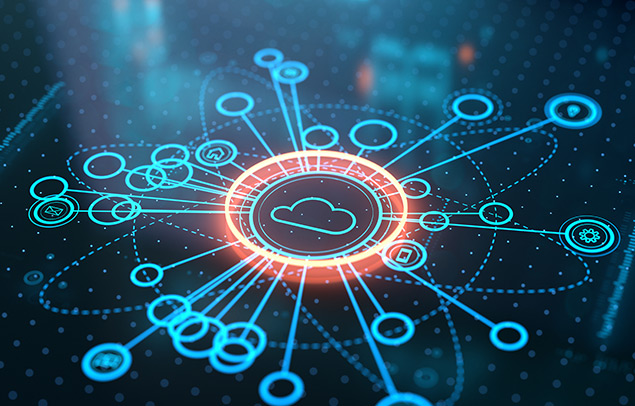3 Action Guide to Choosing the Right Disaster Recovery Option
Whether it's a ransomware attack, a natural catastrophe, or corruption of a client's database, you wish to ensure that your company's IT system can recuperate. Having a company continuity and disaster healing (BCDR) plan is essential. There are a variety of BCDR services (on-premise, hybrid, or cloud-based), and it's important to select the very best one for your organization needs. Here's what you must be looking out for when examining your next BCDR solution.

Discover the Right Business Continuity/Disaster Recovery Solution in 3 Steps:
1. Assess BCDR and DRaaS Solutions
Among the greatest factors when selecting a BCDR solution is determining whether you'll outsource support or manage it internally. If you plan on contracting out help, you'll require to partner with a managed providers (MSP) that excels in connection and compliance options. Given that numerous BCDR services integrate cloud, software, and hardware aspects - you'll require a procedure to support your virtual possessions, regional servers and desktops. BCDR hardware has several purposes including:
Hosting BCDR software

Saving local copies of backup server images for routine restores
Acting as the primary server throughout a failover, enabling service to continue during remediationBCDR software application is utilized to automate and manage backup and recovery procedures. After an initial full server backup, BCDR software application takes incremental snapshots to create "healing points" or point-in-time server images. Recovery points are utilized to restore the state of a server or workstation to a particular moment (prior to it failed or information was damaged).
2. Seek BCDR Cloud Options
The best BCDR solutions have a cloud backup in addition to a healing part. This is due to the fact that the cloud serves two purposes in a BCDR solution. The Have a peek here first is to supply offsite storage space for server and workstation images used for brings back. The second is to take control of crucial operations when a failover occurs.
Backups can be kept locally - on a home appliance or backup server in your data center - or from another location, in the cloud. For BCDR, it's finest to keep copies of your backups in both places. To put it simply, if it's not possible to restore a system in your area, you can failover to the cloud. Your option needs to deal with a variety of information restoration circumstances, varying from bring back a few lost files to recovering from a total server failure or the destruction of numerous servers and PCs. Bring back from local backups is much faster, while the choice of failing over to the cloud offers you supreme protection against worst-case circumstances.
3. Address Security and Compliance Frameworks
A BCDR should address ransomware detection, point-in-time rollback capabilities, and information immutability. It's crucial to look for BCDR services that adhere to Service Organization Control (SOC 1/ SSAE 16 and SOC 2 Type II) reporting requirements and feature two-factor authentication. This can help safeguard your data and lower the requirement for manual intervention. If you wish to learn how to keep your organization healthy and safe, reach out to us for a free IT consultation.